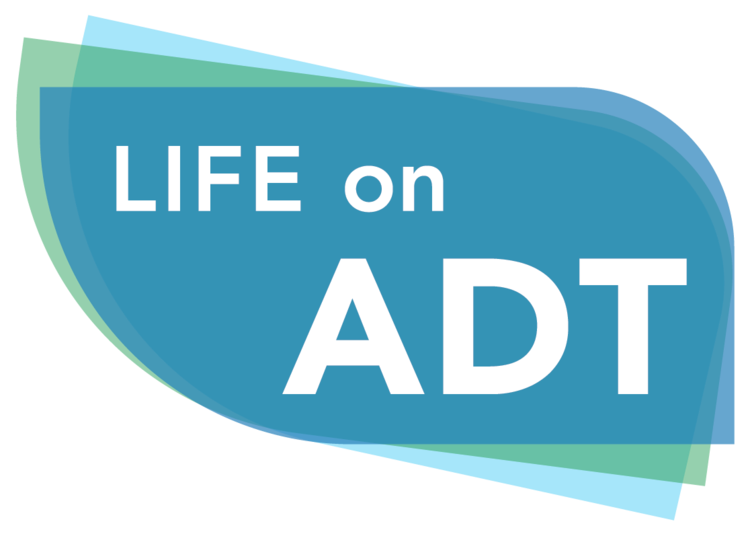When making decisions about the type and duration of treatment for prostate cancer, clinicians and their patients must weigh the relative benefits and risks of each option. Research provides insights that can inform the decision-making process. In a recent review, Dr. Nguyen summarizes landmark studies on the optimal duration of ADT combined with radiation therapy. Nguyen focused on findings from 3 long-term studies that followed high-risk and intermediate-risk prostate cancer patients. The results of these long-term studies support an association between long-term androgen deprivation (LTAD; 28-36 months), combined with radiation, and overall survival in men with high-risk disease. Overall Nguyen concludes:
1. That in men with high-risk prostate cancer, LTAD combined with radiation improves overall survival when compared with short-term androgen deprivation (STAD; 4-6 months) combined with radiation.
2. There seems to be no benefit of LTAD in men with intermediate-risk prostate cancer.
3. In men with high-risk prostate cancer, LTAD is still warranted, even when higher doses of radiation treatments are used. In other words, the use of higher-dose radiation doesn’t eliminate the need for, or benefits of, longer-term ADT.
4. The benefits of LTAD may not depend upon pelvic node radiation.
5. LTAD, versus STAD, is associated with increased risk of cardiovascular events, but not necessarily increases in cardiovascular-related deaths.
Research is ongoing to determine whether all men with high-risk prostate cancer should undergo LTAD, given the significant side-effects of ADT. Relevant insights may come from investigating the genomic structure of the patient’s tumours. Such genetic data may allow clinicians to identify which patients are most likely to benefit from LTAD. Those data may also prove important for identifying the individuals who are more likely to experience cardiovascular events as a result of ADT.
To read the full article, visit:
https://www.sciencedirect.com/science/article/pii/S0360301618301779?via%3Dihub
Nguyen, P. L. (2018). The long and short of it: New lessons on the optimal duration of androgen deprivation therapy for high-risk prostate cancer and where we need to go from here. International Journal of Radiation Oncology, Biology, Physics, 101(5), 1014-1017. doi: 10.1016/j.ijrobp.2018.01.063
